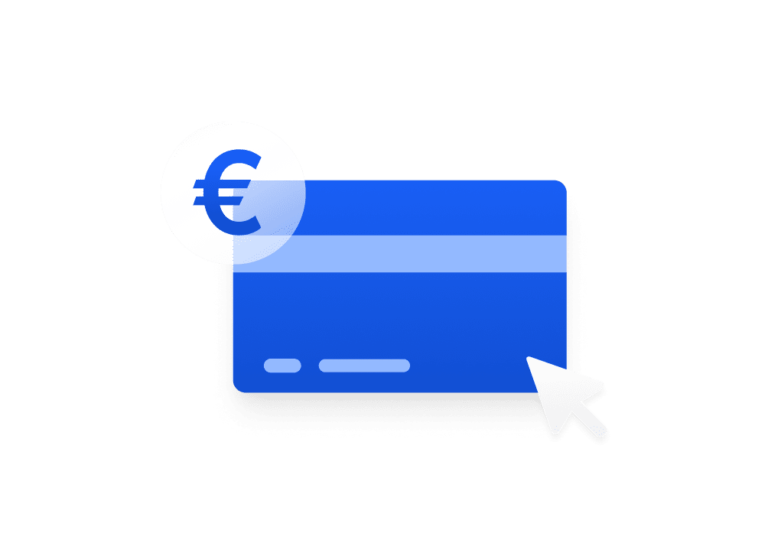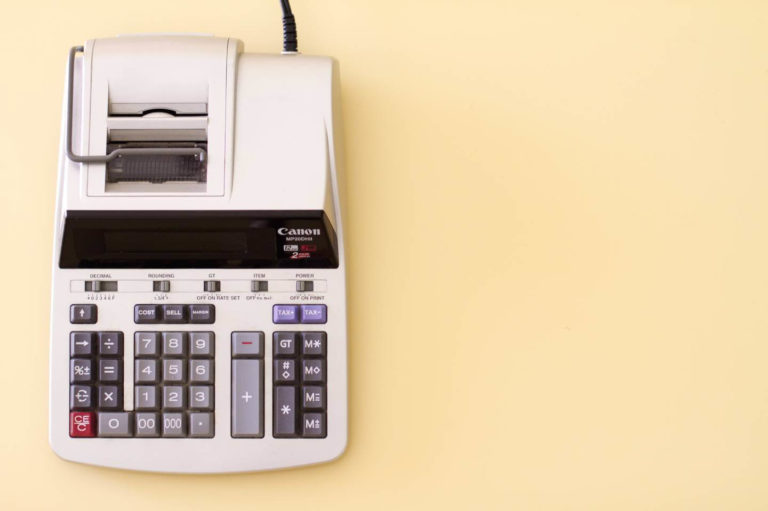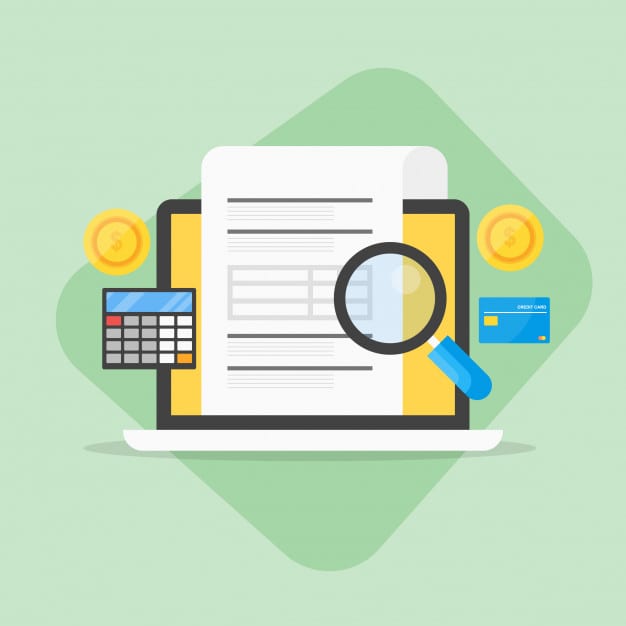Creating a customer record requires lots of control and organisation, if you want to do it correctly. We’re going to explain why in this article and how you can have control over this constant issue.
In most companies, it’s easy for things to easily fall down the rabbit hole, and get out of control, and then you’re faced with impeding chaos. That is why it’s imperative that you control and maintain as much order as possible, so make sure all of your files on your clients are created but most importantly, that they remain as up-to-date as possible.
Let’s take a look at how to create a customer record, and what exactly that means. The main reason for creating a customer record is to store relevant, and personal information about your clients, so that you can maintain a fluid relationship with them, and essentially, so that you retain them as a customer.
Having a strong archive of all the files should become the focal point of your marketing efforts, as well as external communications and advertising of all kinds. This is especially true if you are running an e-commerce business, even if you only have a limited amount of customers, great management of these records can help you plan, more intelligently, the future of your business.
Customer record model
So, how should you set out your model of a perfect client file? What should you be including in this sheet to make it really useful? There are three areas that you must include, let’s take a look at them below;
- Any basic data. Pretty simple start, every file must include the data of the client you’re creating the record for. This means you need information like; name, surname, postal address, company they work for, contact phone number, email, and finally, the preferred payment method.
- Further information. Within the file you should allow room to add any other relevant information you find out about your client, this will help you deliver a more personalised service to that specific client. Do you know when, in the year, they are most likely to purchase? Find out as this is a good example of something that should live within the further information field.
- Trade data. The most important part is that of the commercial data, you should have a history of your commercial relationships with the client, based on the expected data, the sales made, and the difference between the two. You can record this history based on a monthly or annual basis.
By using the above information and including it in your customer record, you should have a solid file on record. By creating a document that has the basic fields to complete, then you should be able to store all the information in an easy-to-read record.
Now you know what must be included, you should begin creating and/or updating your customer records, as soon as possible to drive your business forward.
And whilst you can have control of your customer records, you can let Holded’s invoicing and billing software take care of your billing processes, and help you control your sales and purchase cycles from start to finish.











